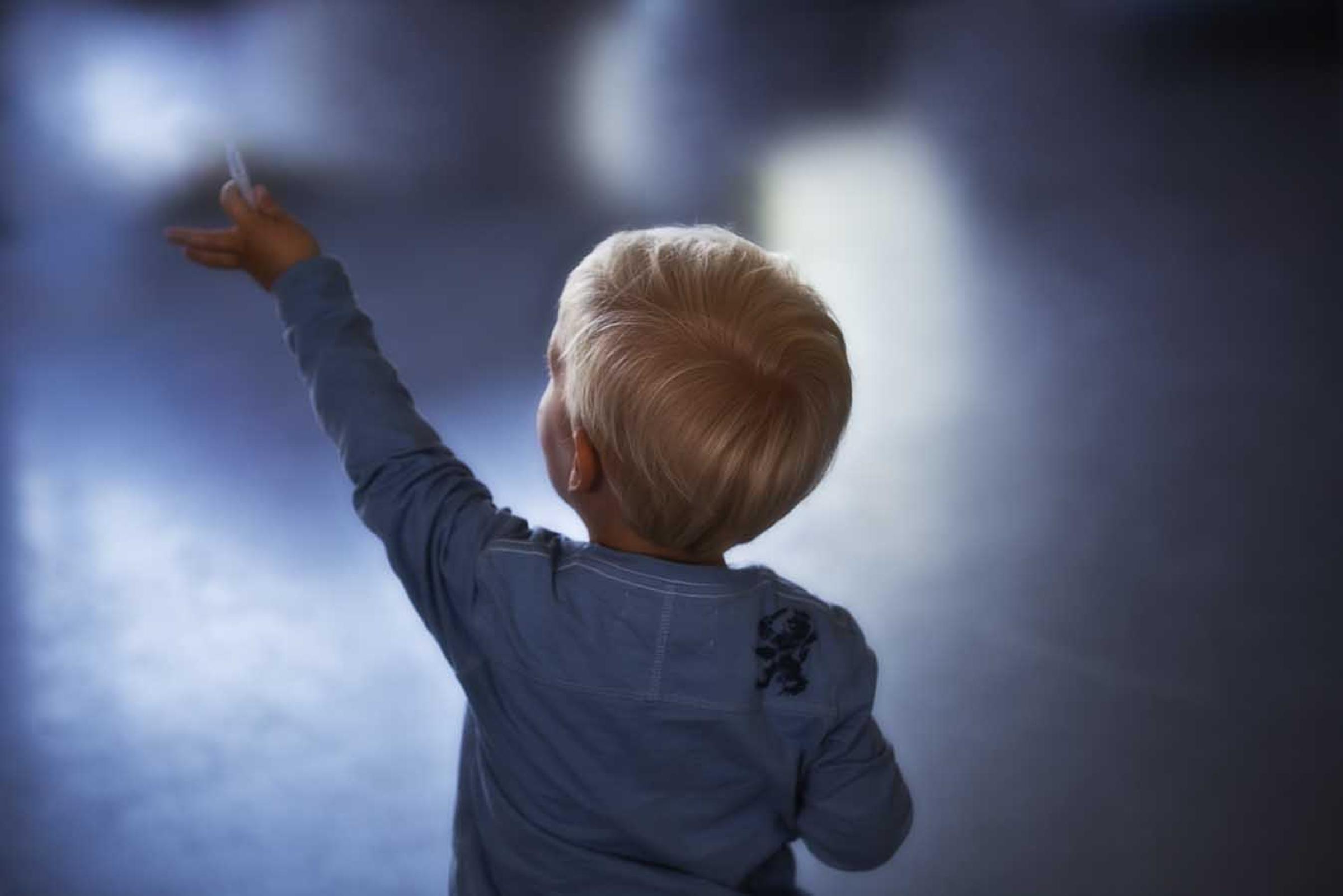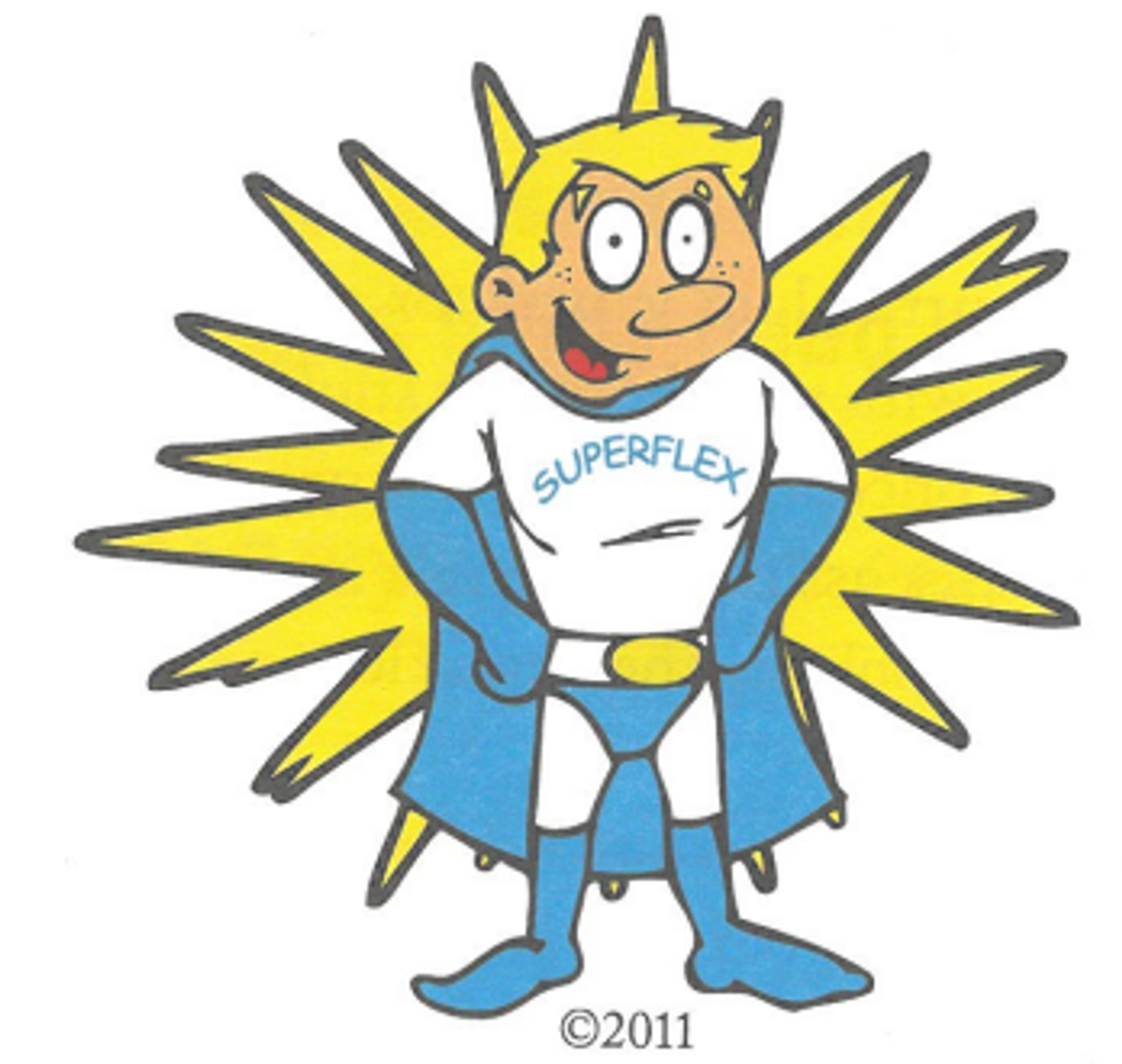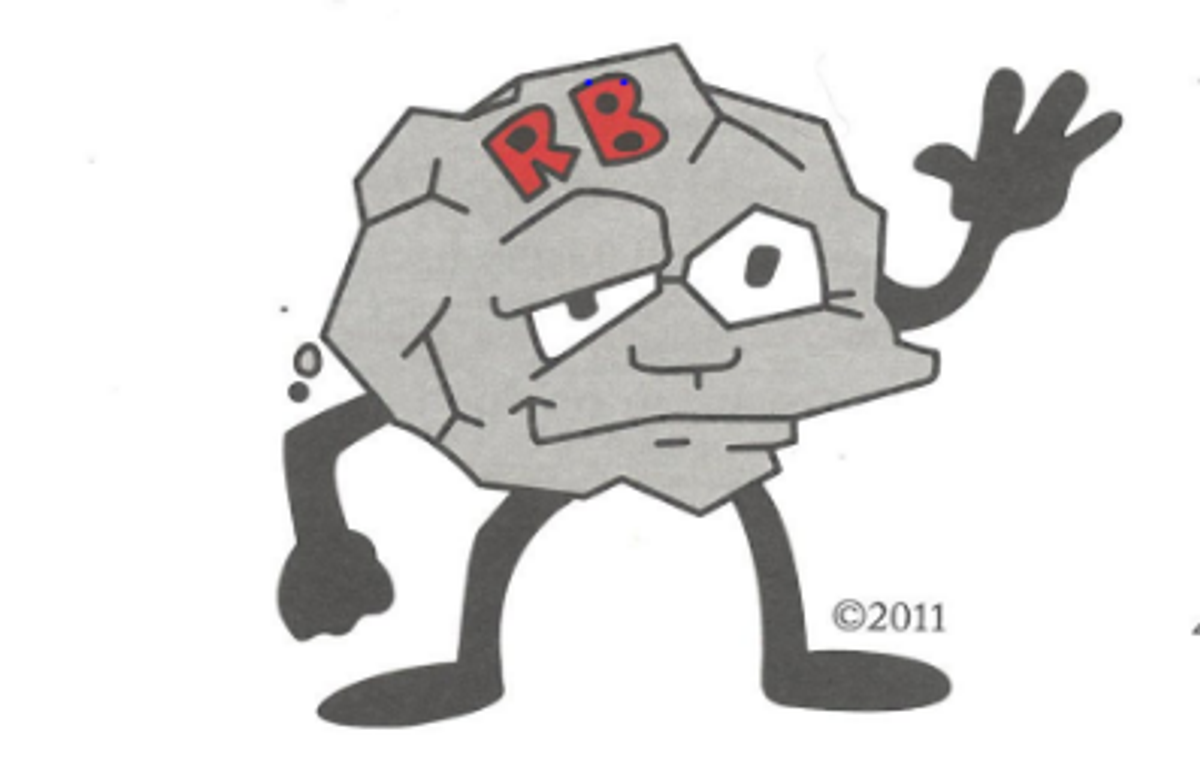Wellbeing

Anxiety
When I help a child with presentations of anxiety, I get them to understand that their body will feel different to how their body feels when they might be sad, happy or angry etc. Their mind will also think differently. I tell them it is normal to get anxious as it is signal that something is not ok and one needs to take action and do something about it. Anxiety becomes a problem if we are feeling anxious and thinking anxious thoughts all the time.
An anxious body might feel like there are butterflies in the tummy, a faster heart and faster breathing. The legs might get jittery and the eyes might dart around. It might be hard to sit still.
An anxious mind often thinks that everything is wrong. “I could get hurt”, “I can’t do it” “I don’t understand” “I don’t know”, are common expressions of an anxious mind.
So what are some strategies we can use to help the anxious body and the anxious mind?
If we look at the image of emotions of the body mapping, you will notice that the energy created when one is anxious is centred in the torso area of the body.
One way we can help the anxious body is to distribute the energy from the torso to other parts of the body. This can be done by moving the joints at the place where the energy is held ie, the shoulders and the hips. Rolling the shoulders, then the elbows, then the wrists, then the finger joints helps draw the energy down the arms. Hip movements, such as swinging the hips when standing or rolling the hips when sitting, then moving the knees, then the ankles and then the toes helps move energy down the legs. In my office, children I see, love using a balancing board I bought from kmart, and a fitness ball to help move the leg joints.
For the anxious mind, thinking strategies help shift ‘stuck’ unhelpful thoughts. At school, as part of the Zones of Regulation curriculum that is designed to foster self-regulation and emotional control, the children are learning to use two characters, Rock Brain and Superflex to help them with unhelpful thinking (Rock Brain) and helpful thinking (Superflex).
Superflex helps us to think of another way of doing something or consider another way of thinking about a situation.
Rock Brain is rigid thinking, where someone gets stuck on one idea or one way of thinking and finds it difficult to think of other options.
For example, an anxious child might always say, ‘I can’t do it.’ This is Rock Brain thinking.
Encouraging a child to use their Superflex Thinking, they might think, “ It might be hard but I am going to have a go. It will get easier if I give it a go. My mum and dad will be proud of me if I have a try’. ‘My friends are giving it a go’.
Helping an anxious person use the strategies shared above, either to help distribute energy through the body or to be flexible in their thinking, need to be done often. Regular practise of strategies is a very important way to help change patterns of anxious sensations in the physical body and in the thinking mind. Chemicals, like serotonin, dopamine, endorphins and oxytocin are then naturally released into the body to help return the body to a sense of calm.
Learning, friendships and Life becomes easier when one uses strategies to lessen anxiety.
Best wishes,
Maureen Flanagan
Student Chaplain/Counsellor



